About Me
Accomplishments
Bachelor of Games and Interactive Environements and Bachelor of Mathematics
Professional programmer with formalised skills in many engines and languages
Experience with industry partners to help actualise their ideas
Numerous completed and published projects
Profficiencies
Voxel Sands
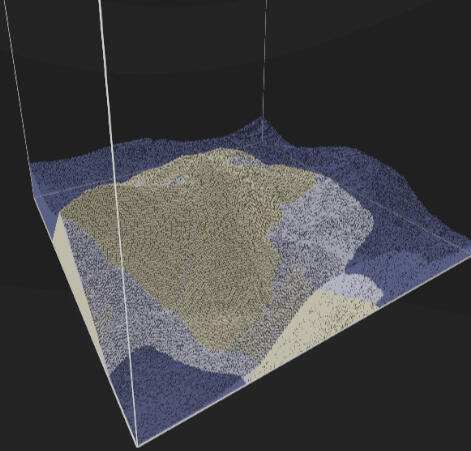
Solo | Engine : Unity | Timeline : 8 weeks
Built using Unity DOTS and compute shaders , for an optimised and performant, chunk based voxel interactive falling sands simulation.
Sunburn Railway
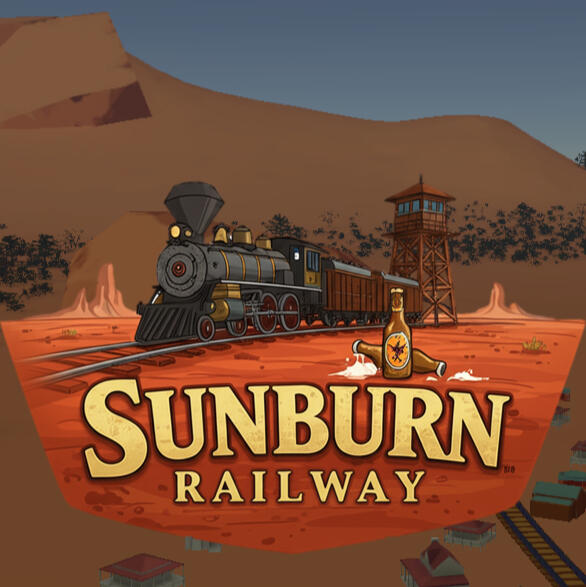
Team : 4 | Engine : Unity | Timeline : 7 weeks
VR project, built for the meta quest headset, using hand tracking, for a quick fun experience.
Turtle Island
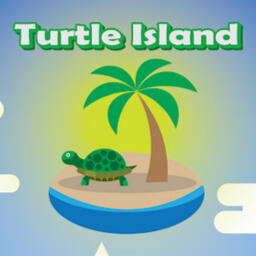
Team : 4 | Engine : Unity | Timeline : 13 weeks
Developed with industry partner DES. Turtle Island educates young students about Australian turtle conservation via interactive mobile play.
No Confusing
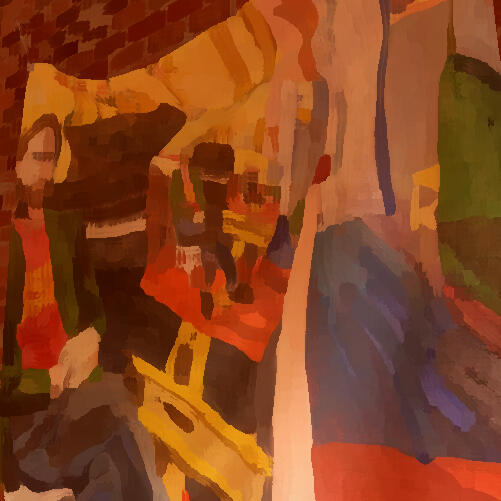
Solo | Engine : Godot | Timeline : 3 weeks
Game Developed in a month for the Music Video Game jam. Using Godot, made a custom networked leaderboard with Google Firebase
Contact
Turtle Island
Turtle Island is an educational action game. Players take on the role of students on an expedition to a dilapidated turtle island, and must help Dr Shelly by completing various minigames
Role
Lead Programmer
Engine
Unity, C#
Platforms
Web Browser, Mobile
Status
Published
Project Overview
This game was created in partnership with the Department of Environments Sciences (DES). The brief was to create an educational game about the lify cycle of turtles.
Team Members
Jackson CC (Programmer)
Cody Barnett (Designer, Artist)
Johan Dantoc (Artist)
Info
The game was chosen to share to industry at a QUT event, and is shown on QUT Student Games Showcase.
Contributions
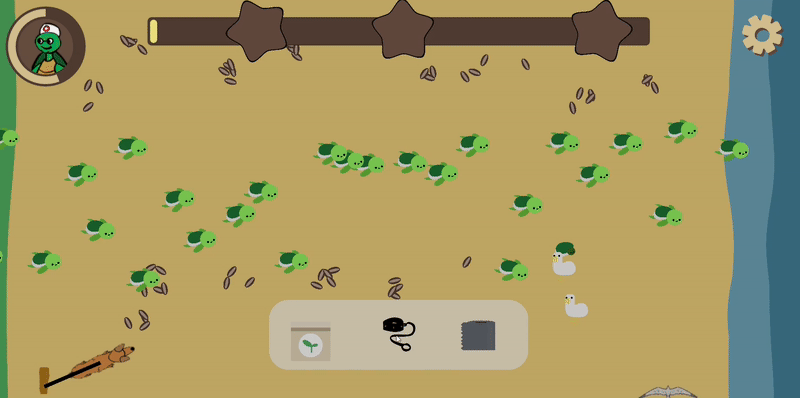


Developed Expandable Tool System - In the three minigames the player has access to nine functionally unique tools, these were constructed using components and interface design, allowing for quick prototyping, implementation and tweaking.
Utilised Unity's New Input System - Ensuring optimised functionality and designer useability
Optimised For Mobile - Reduced script complexity, and unnecessary update calls, to maximise performance
Challenges & Lessons Learned
The biggest challenged faced in this project was designing for mobile resolutions, ensuring the ui and gameplay scaled correctly for the large variety of aspect ratios. A custom system was developed which involved working off of unity ui canvas' and anchor points, which adequately solved the problem. Being the first game I had developed for mobile, this really taught me the importance of optimisation and utilising the built in profiler to maximise performance.
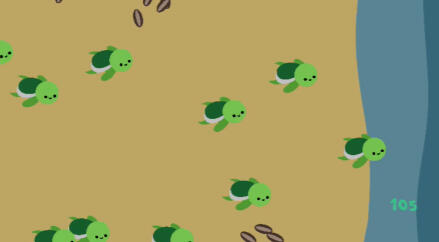
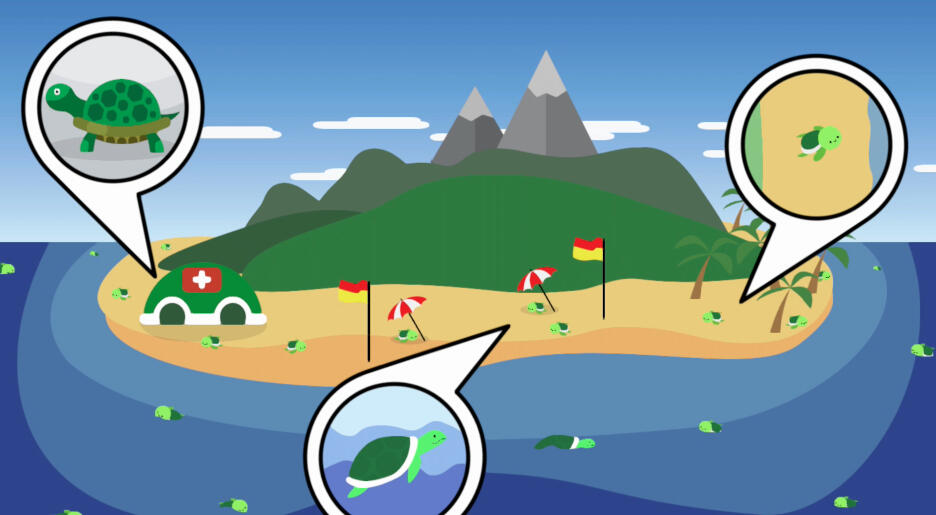
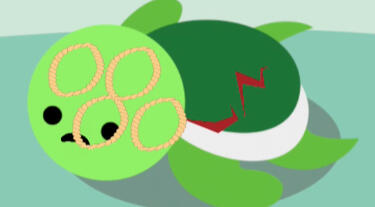
Sunburn Railway
Work as a good ol' track switcher in the Australian outback, but watch out for wacky hijinks may ensue.
Role
Lead Programmer
Engine
Unity, C#
Platforms
Meta Quest
Status
Published
Project Overview
This project focuses on creating an engaging and immersive experience maximising the VR environment. Key gameplay mechanics include interactive elements such as levers, wires, and various sandbox toys, all designed to take advantage of Meta Quest hand tracking.
Team Members
Lucas Sampson (3D Artist, Designer)
Daniel Lowe (Designer)
Brenten Ewards (Sounds)
Info
The game was chosen to showcase at the QUT Immersive Festival, which can be seen here Immersive Festival 2025 Showcase.
It was also showcased at QUT open day.
Contributions
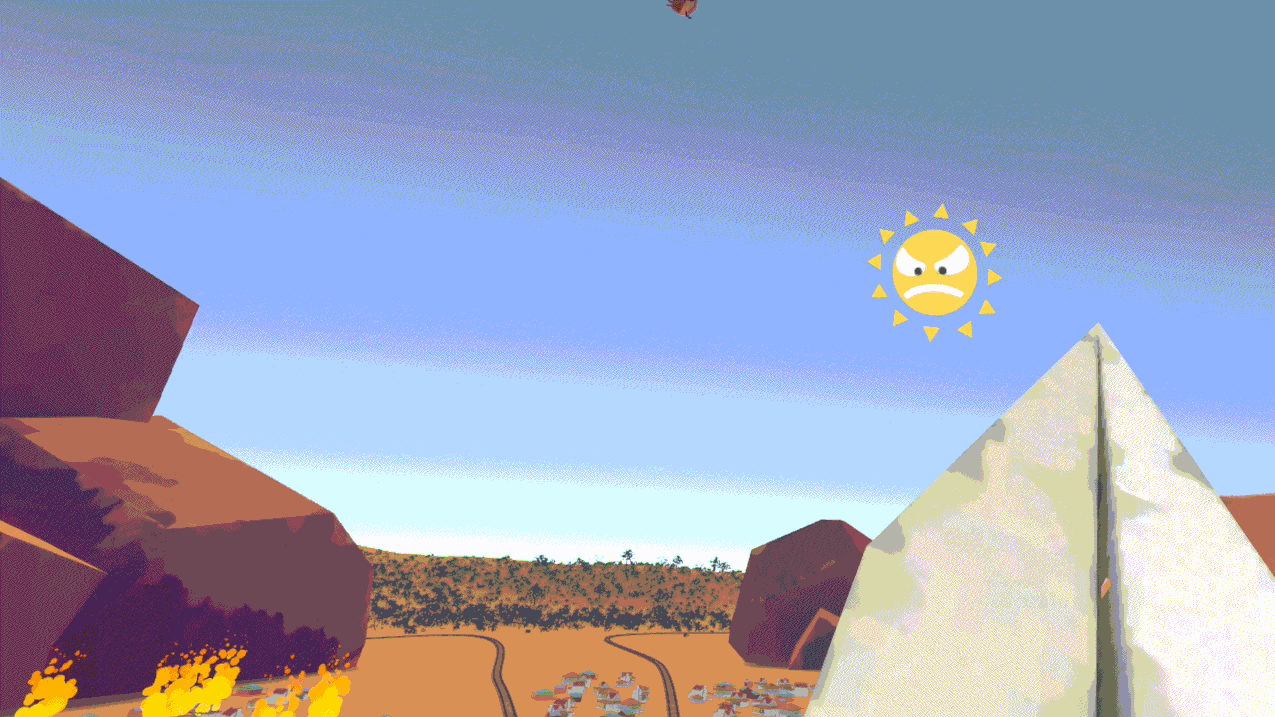


VR Optimised Code - Reduced dependence on update, by utilising the observer pattern.
Hand tracking with dedicated hand poses - Developed systems around the use of Meta Quest hand tracking as the primary input.
Developed and Implemented Gameplay Systems - Quick prototype and refinement of designed ideas into a functional game.
Challenges and Lessons Learned
First time developing for VR, definitely a learning experience. The choice of hand tracking was difficult to implement from detecting hand poses and optimising the scripts involved. Overall the implementation turned out very well.
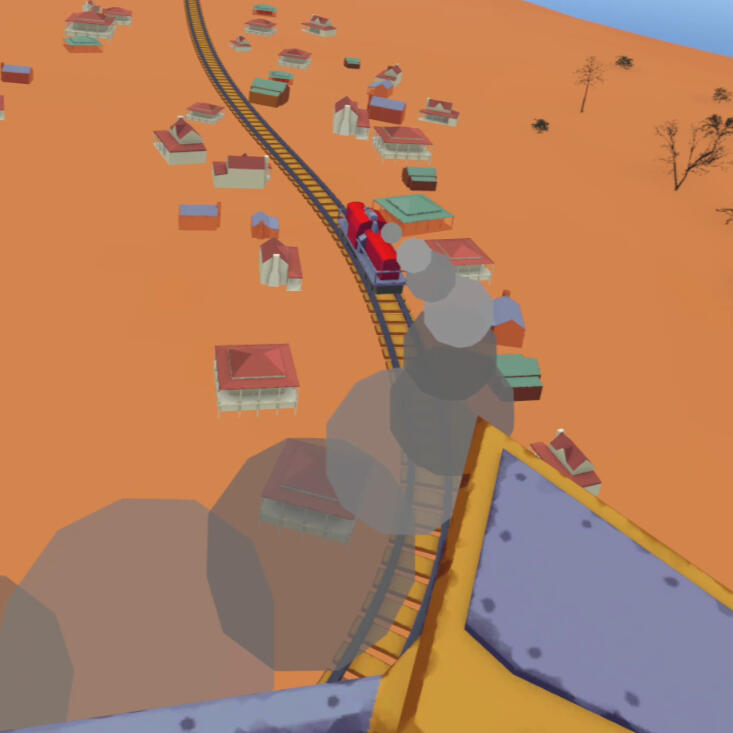
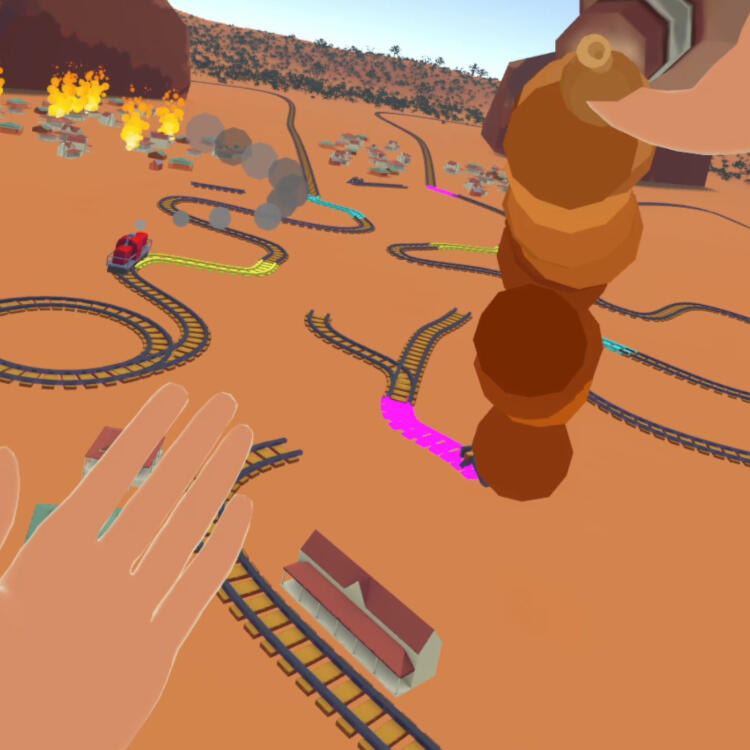
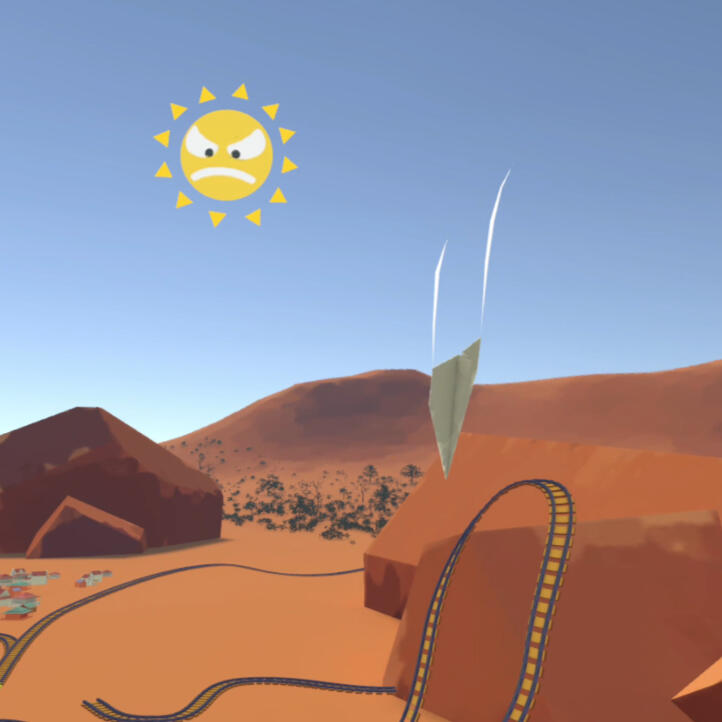
No Confusing
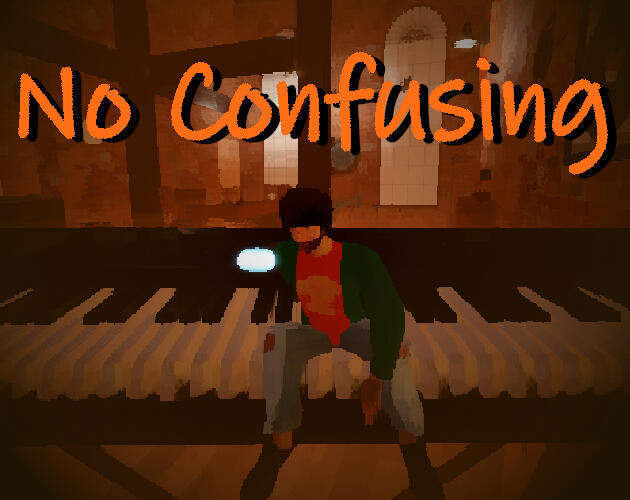
Play as a small guy on a table collecting orbs whilst avoiding falling objects
Role
Sole Developer
Engine
Godot
Platforms
Windows, Mac, Linux
Status
Published
Project Overview
Created for the Music Video Game Jam. A game designed around a provided song. The main focus of this game was designing a vibe and atmosphere.
Skills
Godot development
Shader Coding
Visual Design
Info
placed 2nd in overall vote
Contributions
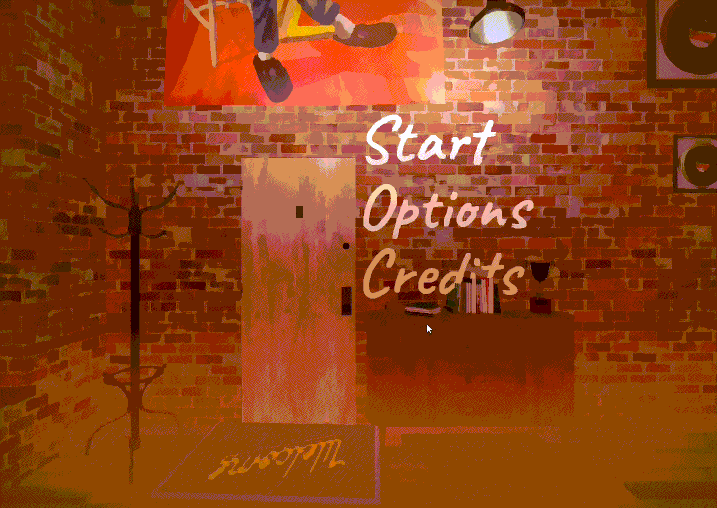
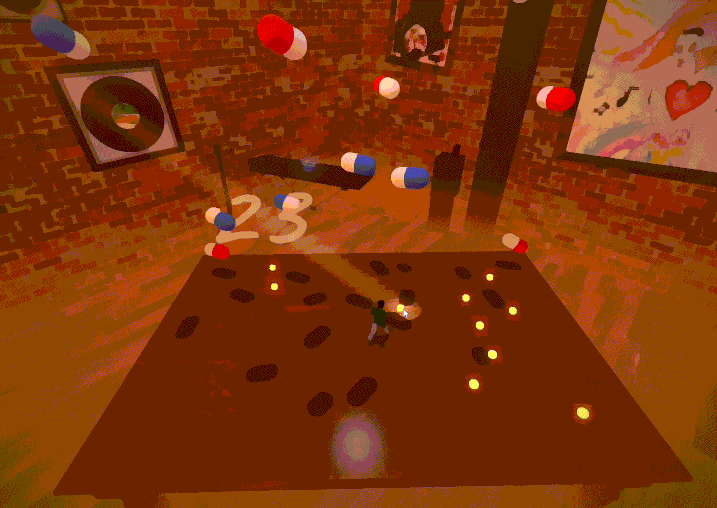
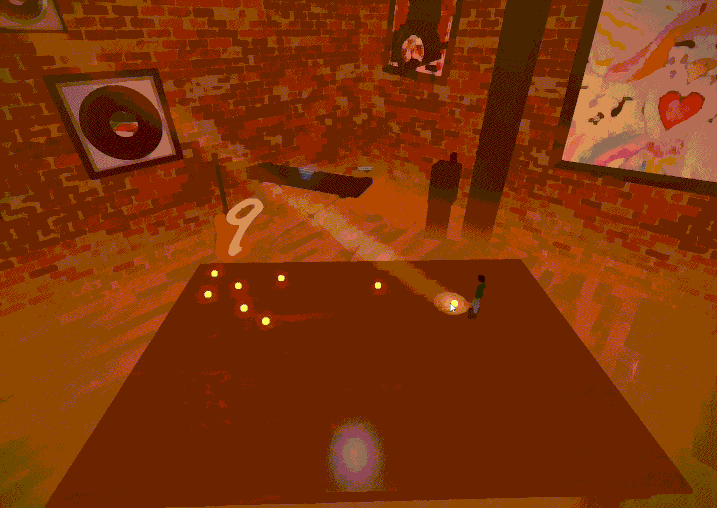
Godot - Worked using GDScript within Godot engine.
Shader Coding - Developed custom shaders, kuwahara shader, vertex displacement, light beam.
Networking - Utilised firebase as a cloud storage solution for a fully networked leaderboard.
Challenges and Lessons Learned
A main challenge involved learning Godot 3D as it has its own unique methods and quirks. Also in developing the visual style trying to recreate a vibe is incredibly difficult, I feel I accomplished this through the shaders and game idea.
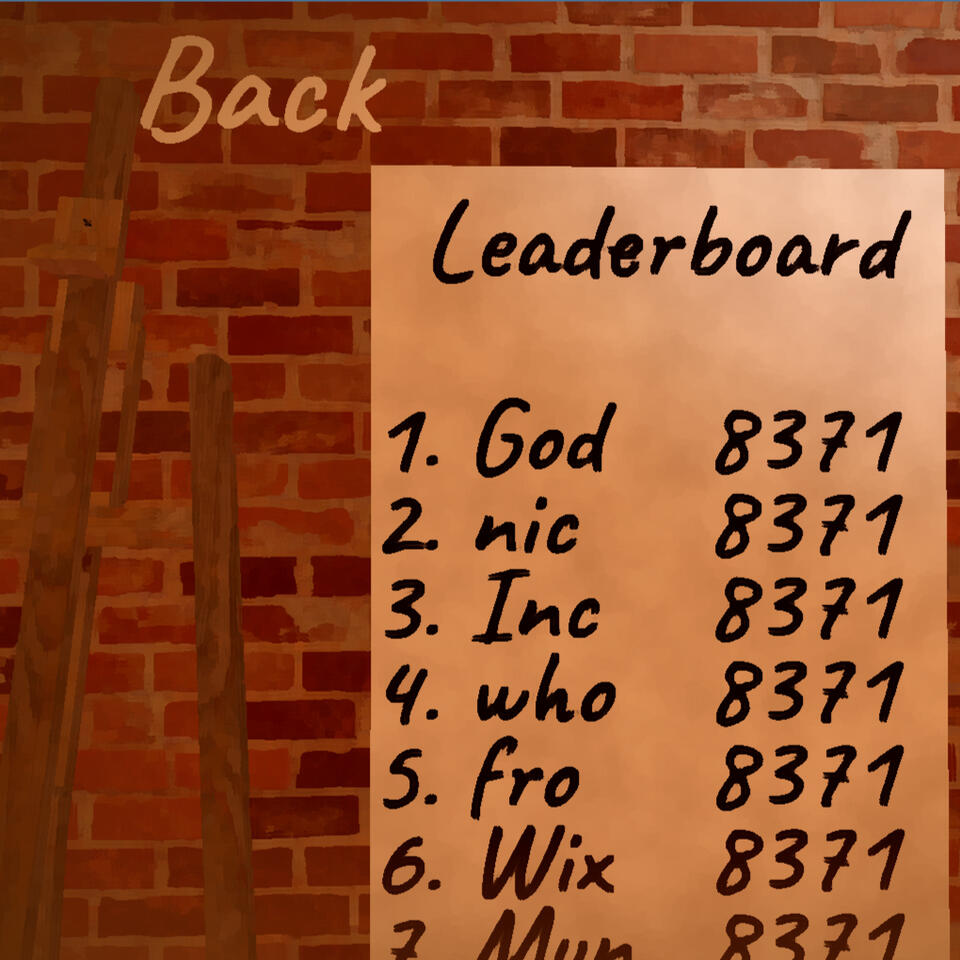
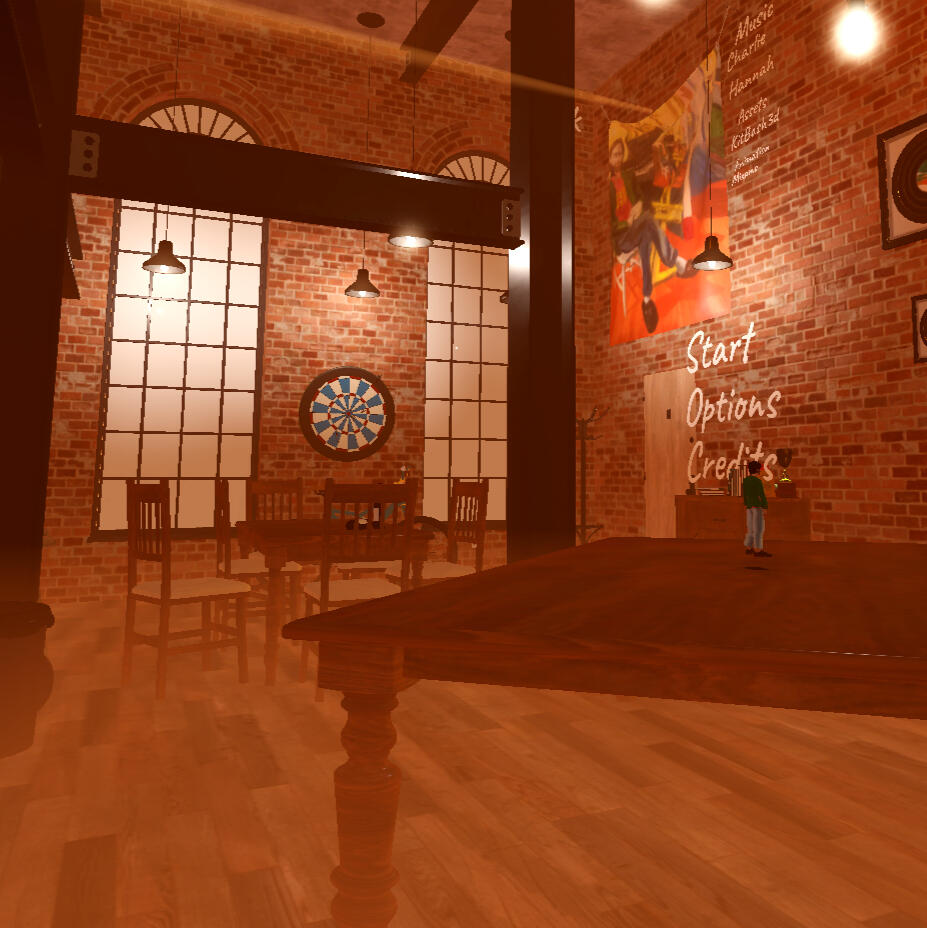
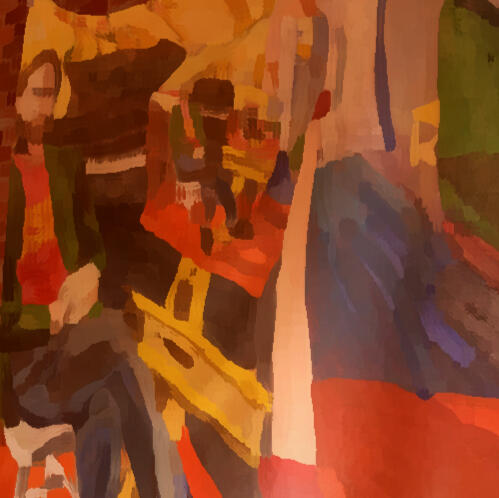
Voxel Interactive Falling Sands Simulation
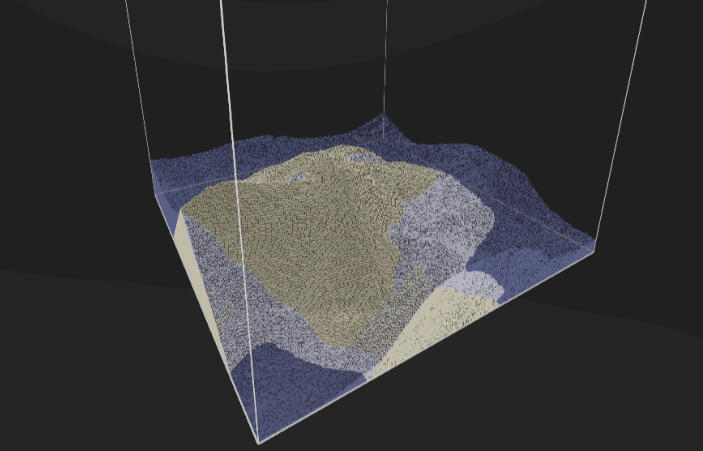
A simulation sandbox, using voxels to create a 3d falling sands interactive simulation.
Role
Sole Developer
Engine
Unity, C#
Platforms
Windows, Mac, Linux
Status
In Development
Project Overview
Designed as a high-performance, real-time physics sandbox. The core of the project is to create a dynamic system where every single element is an active participant in a physics simulation, enabling players to interact, build, and destroy with complete freedom.
Skills
Unity ECS
Compute Shaders
Ray Marching and Cellular Automata
Contributions

Unity DOTS - Gain a deep, practical understanding of ECS, the Jobs System, and the Burst Compiler, and learn how to apply them to solve complex, performance-intensive problems.
Proficiency with Compute Shaders - Learn to write and optimize parallel code for the GPU, a skill that is valuable in various fields beyond game development, including data science and scientific computing.
Data-Oriented Design - Transition from traditional object-oriented thinking to a data-oriented mindset, a skill that is increasingly relevant for modern, high-performance applications.
Performance Optimisation - Develop a toolset for performance optimisation, and learn to profile and optimise code to achieve maximum efficiency.

